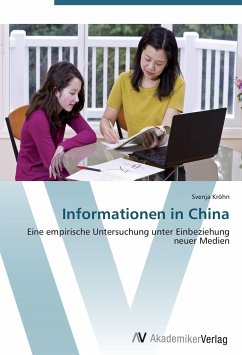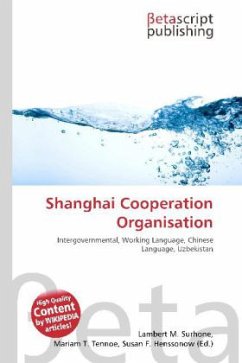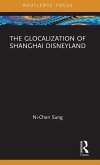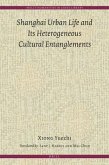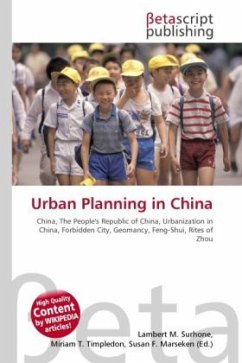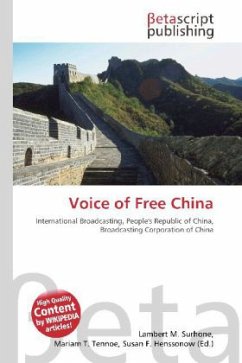High Quality Content by WIKIPEDIA articles! There is considerable confusion in both Chinese and foreign sources over definitions of urban places and hence considerable variation in estimates of China's urban population (see Migration in China).The problem of determining the size of the urban population reflects inconsistent and changing administrative categories; the distinction between rural and urban household registry and between categories of settlements; the practice of placing suburban or rural districts under the administration of municipal governments; and the differences in the status accorded to small towns. In sociological terms, urban refers to an area characterized by a relatively high degree of specialization in occupational roles, many special-purpose institutions, and uniform treatment of people in impersonal settings. In this sense, a Chinese market town is more urban than a village, and settlements become more urban as they grow in size and economic complexity. Municipalities like Beijing and Shanghai have the highest degree of division of labor and the most specialized institutions.
Bitte wählen Sie Ihr Anliegen aus.
Rechnungen
Retourenschein anfordern
Bestellstatus
Storno


